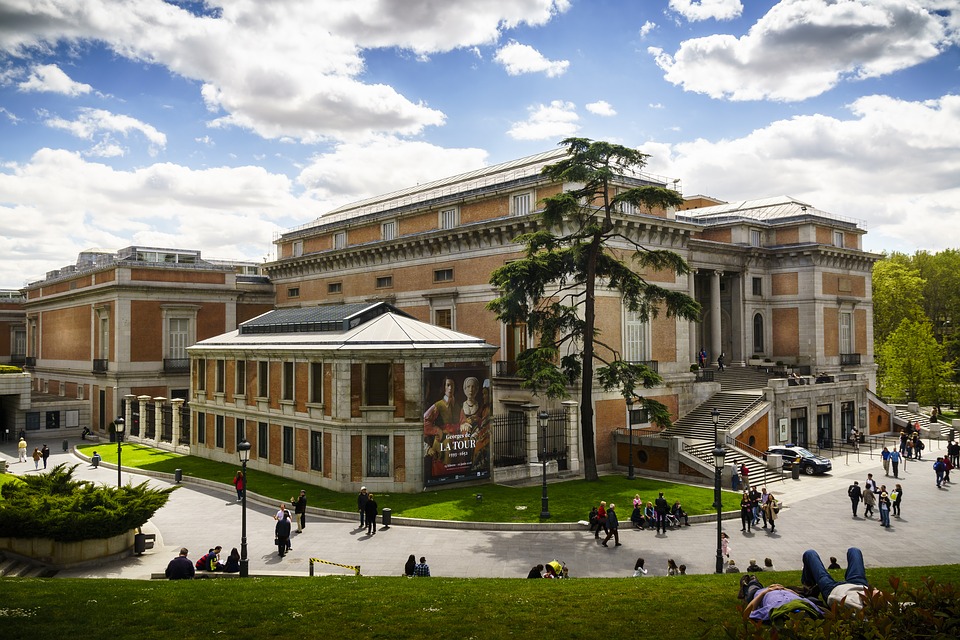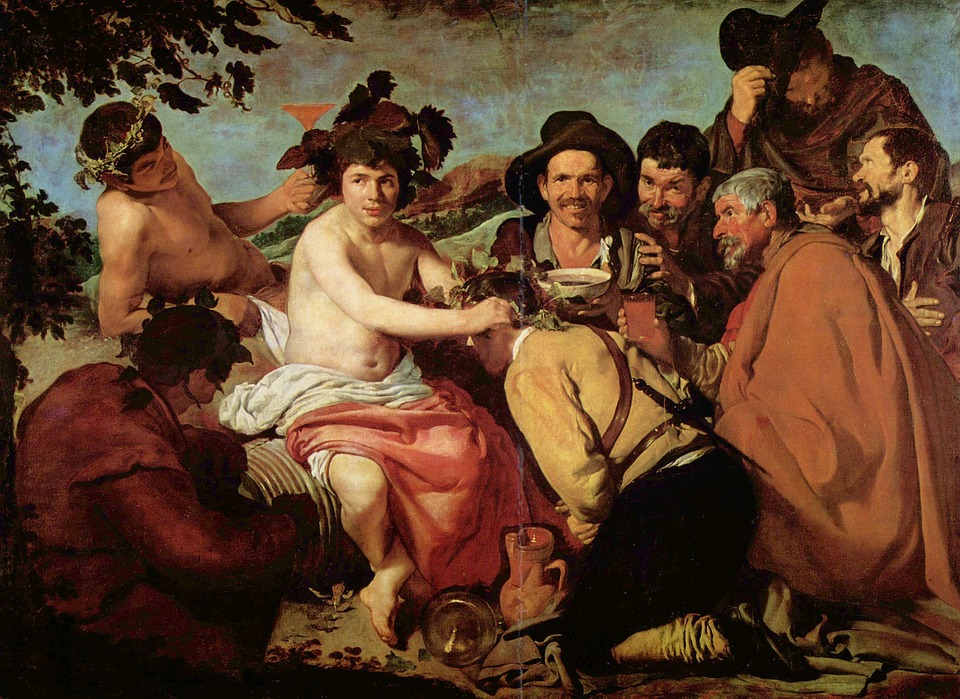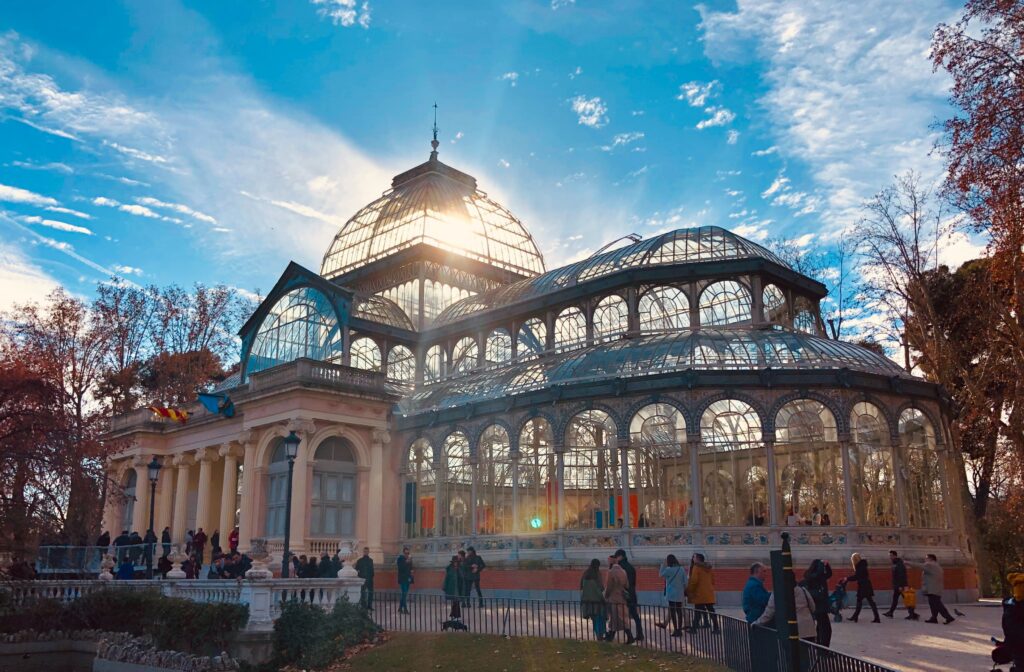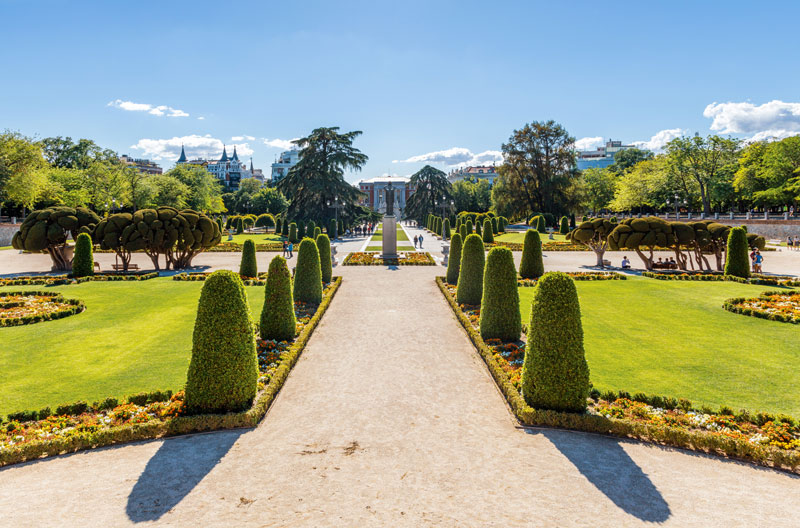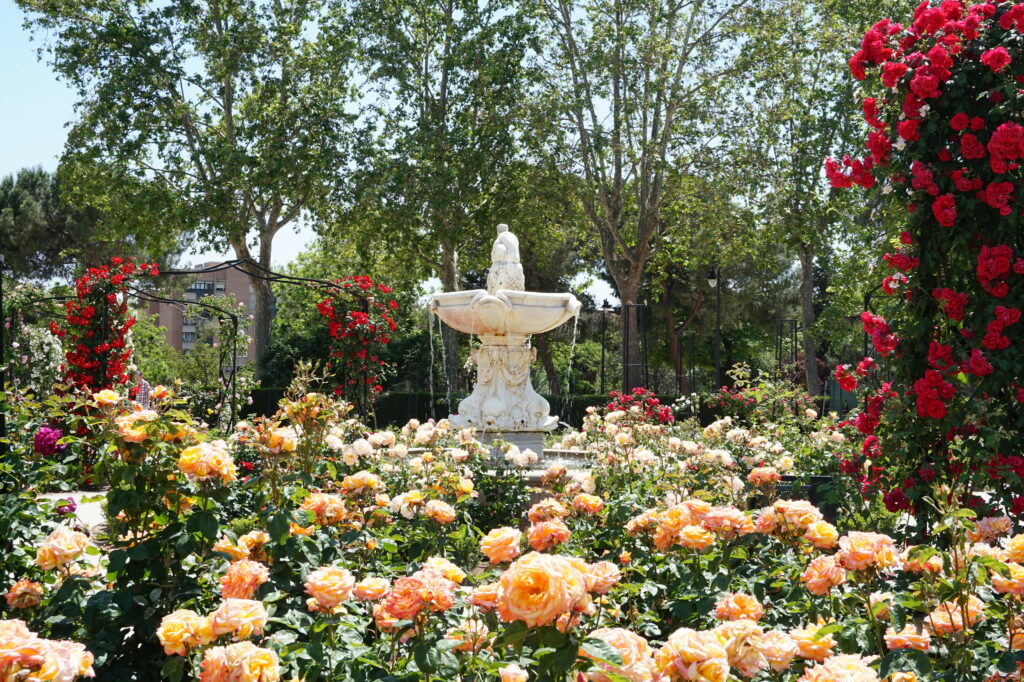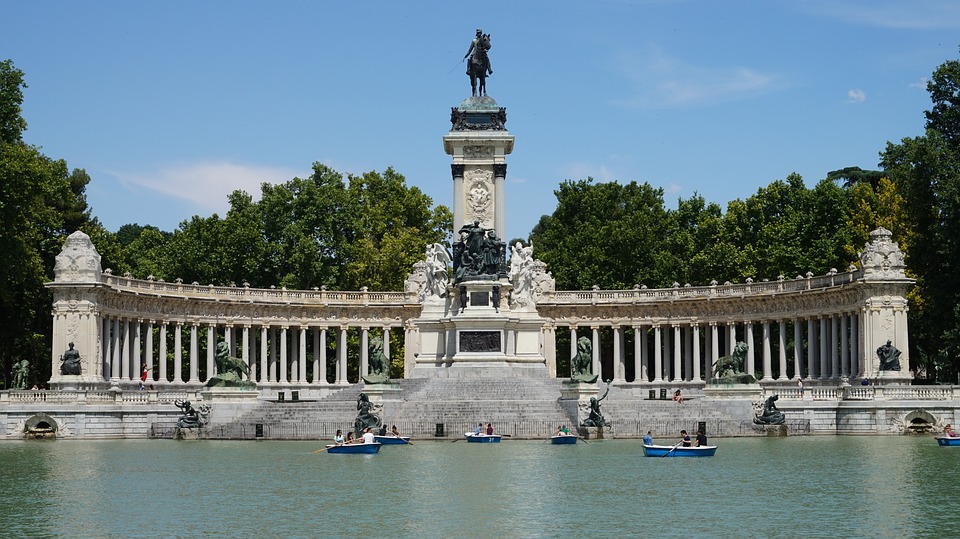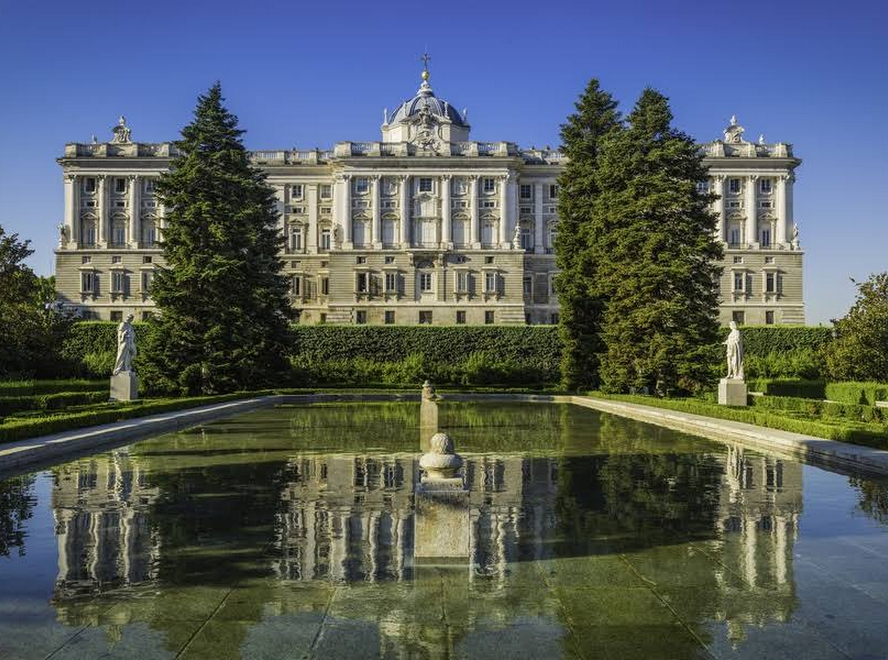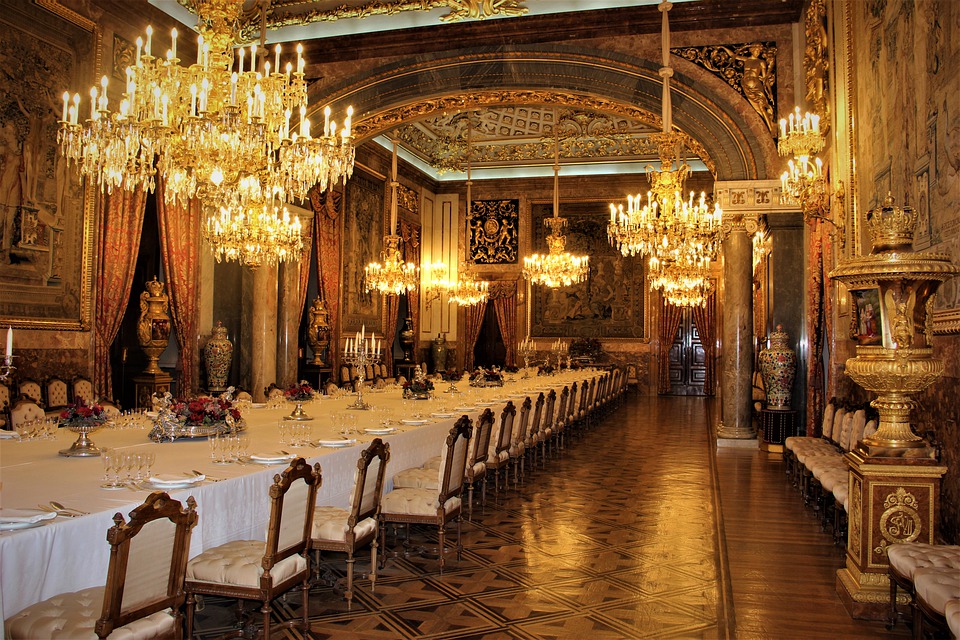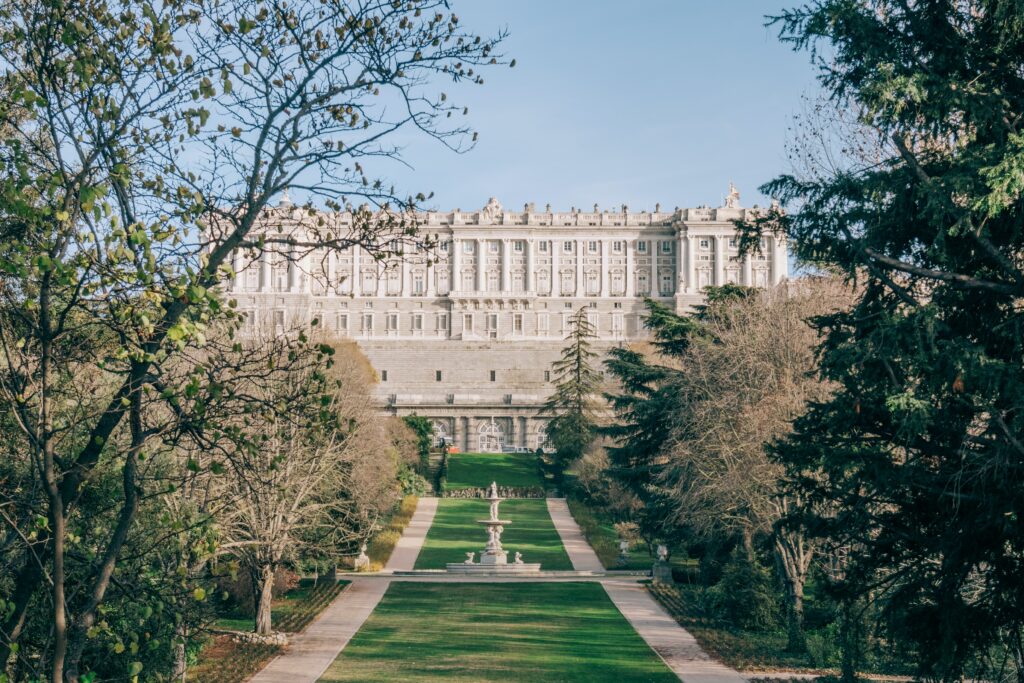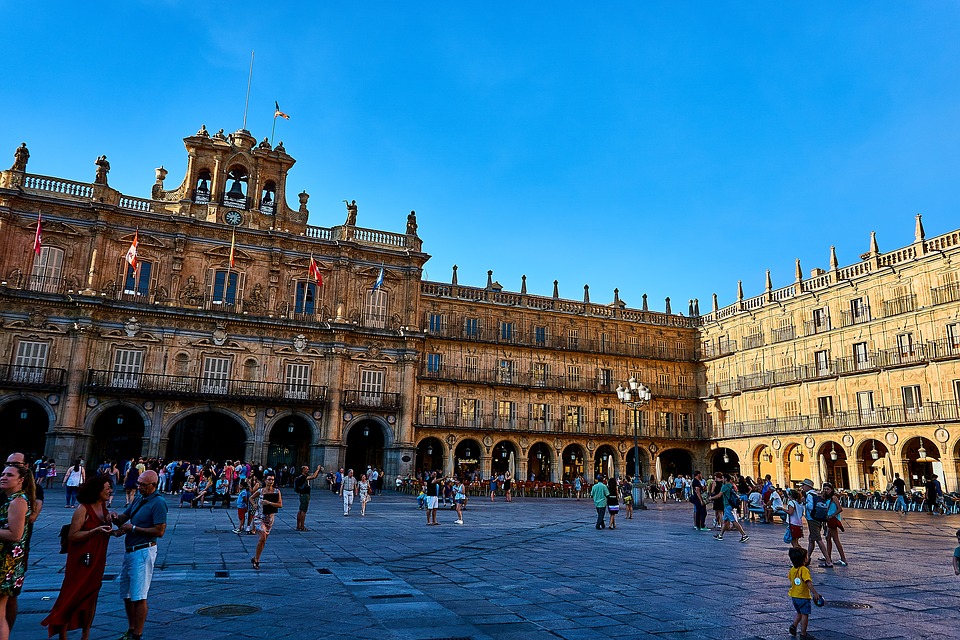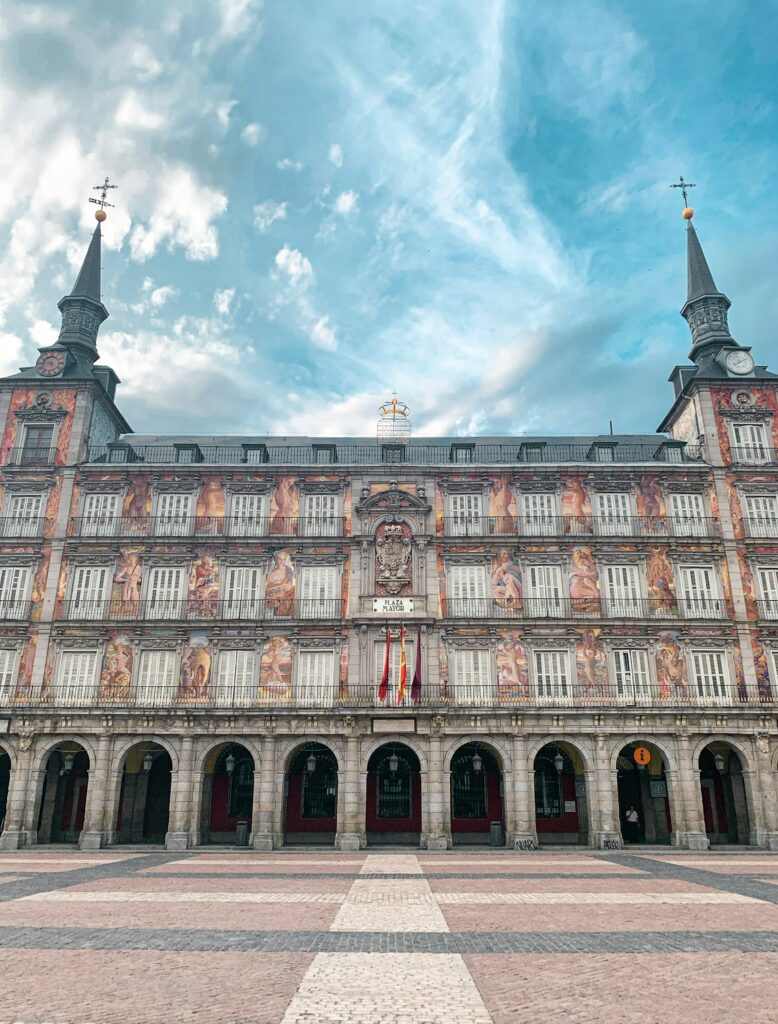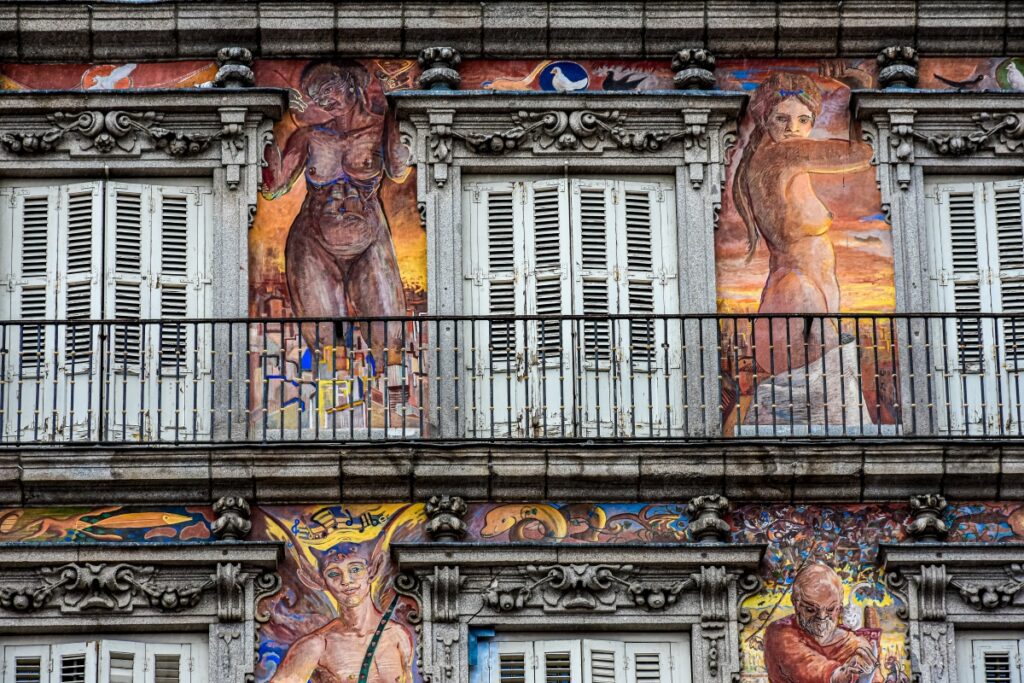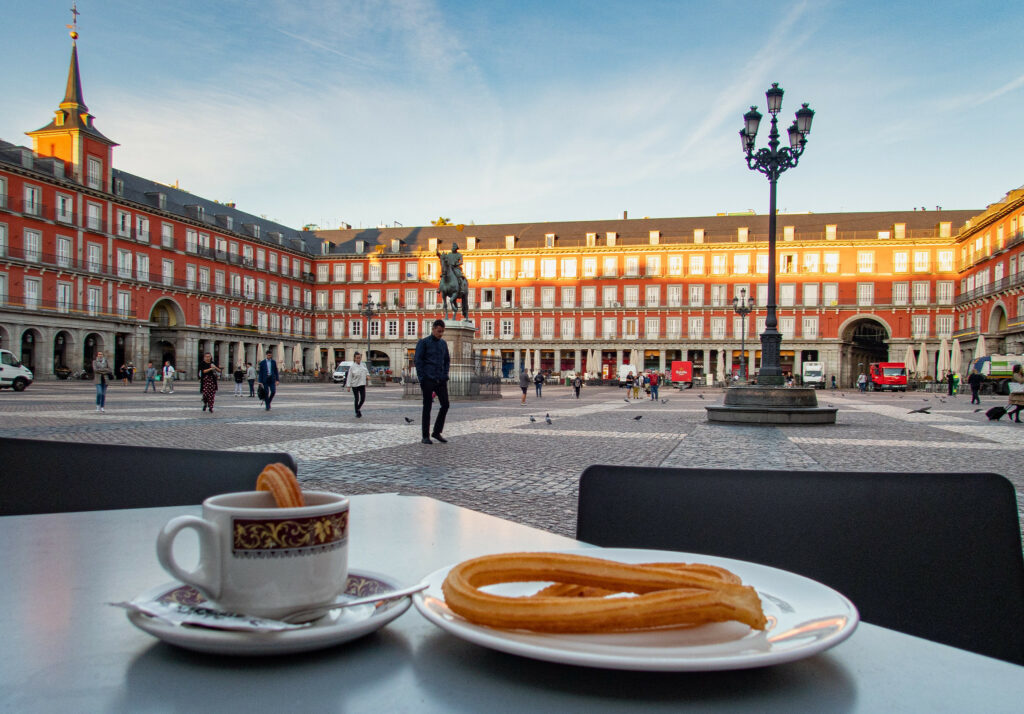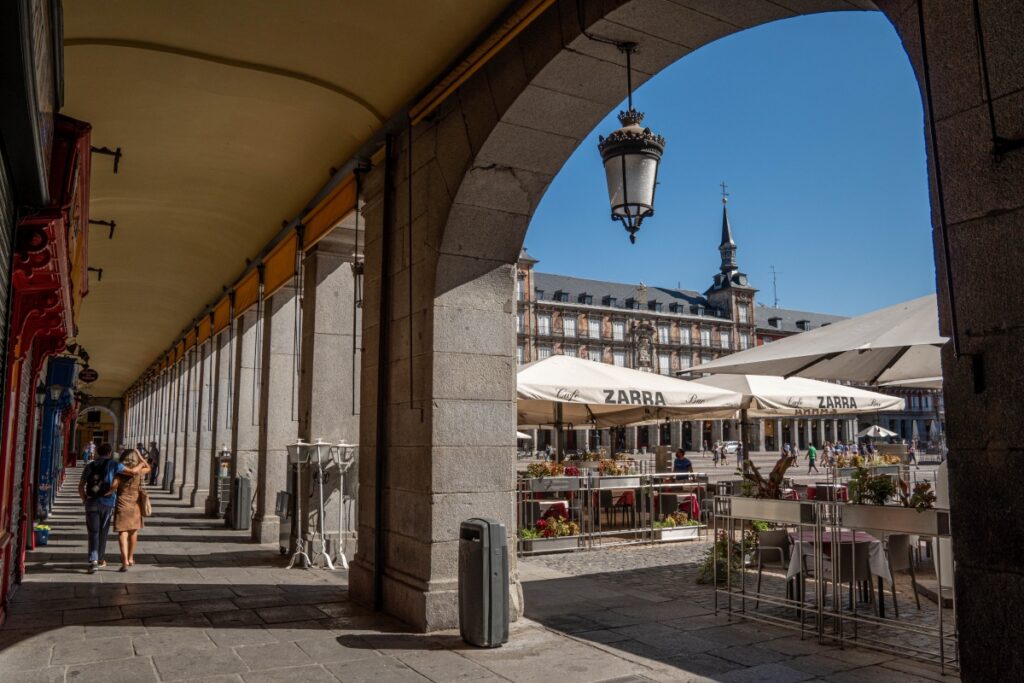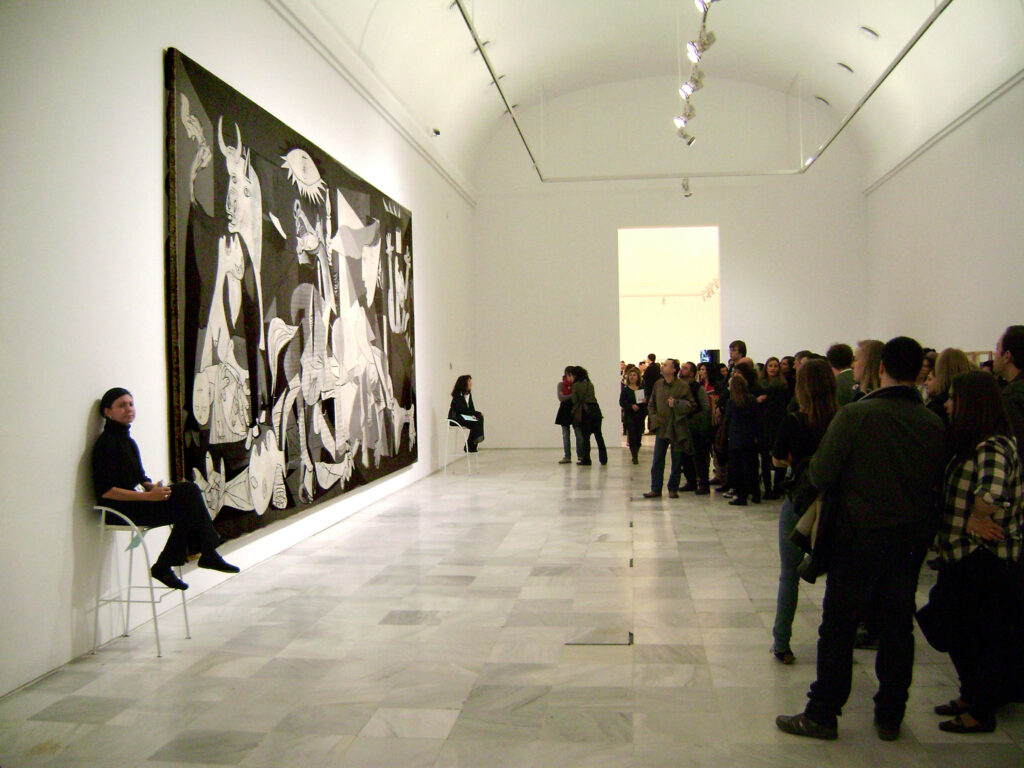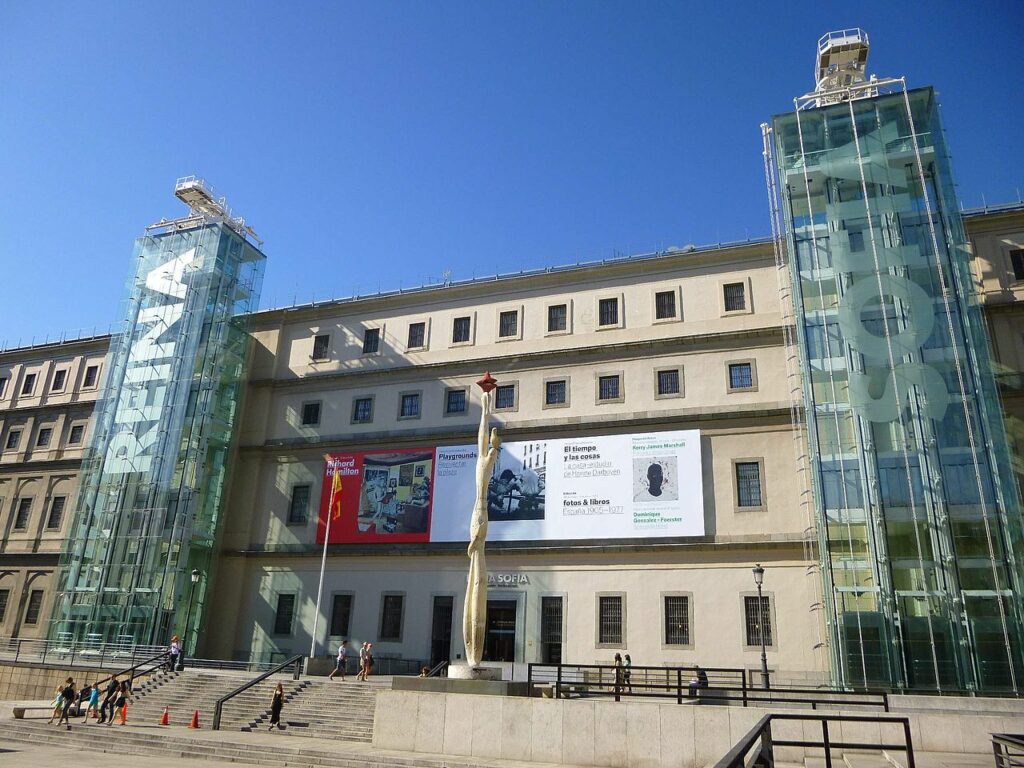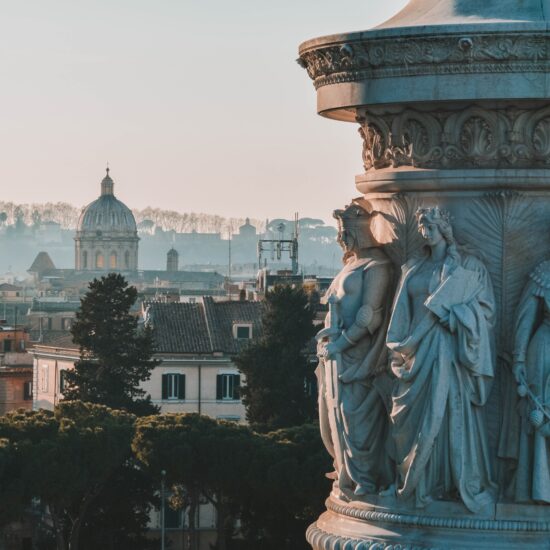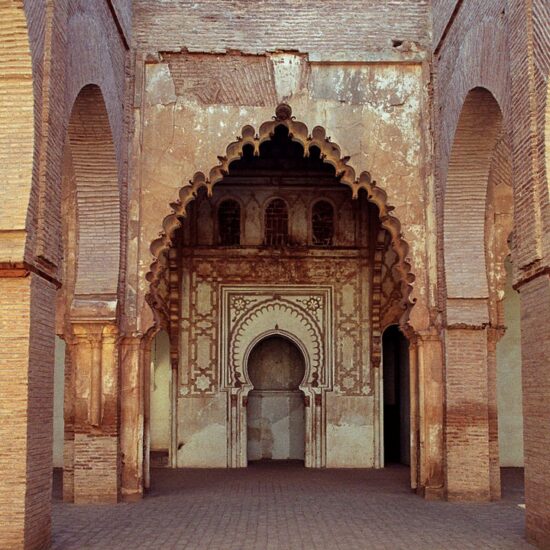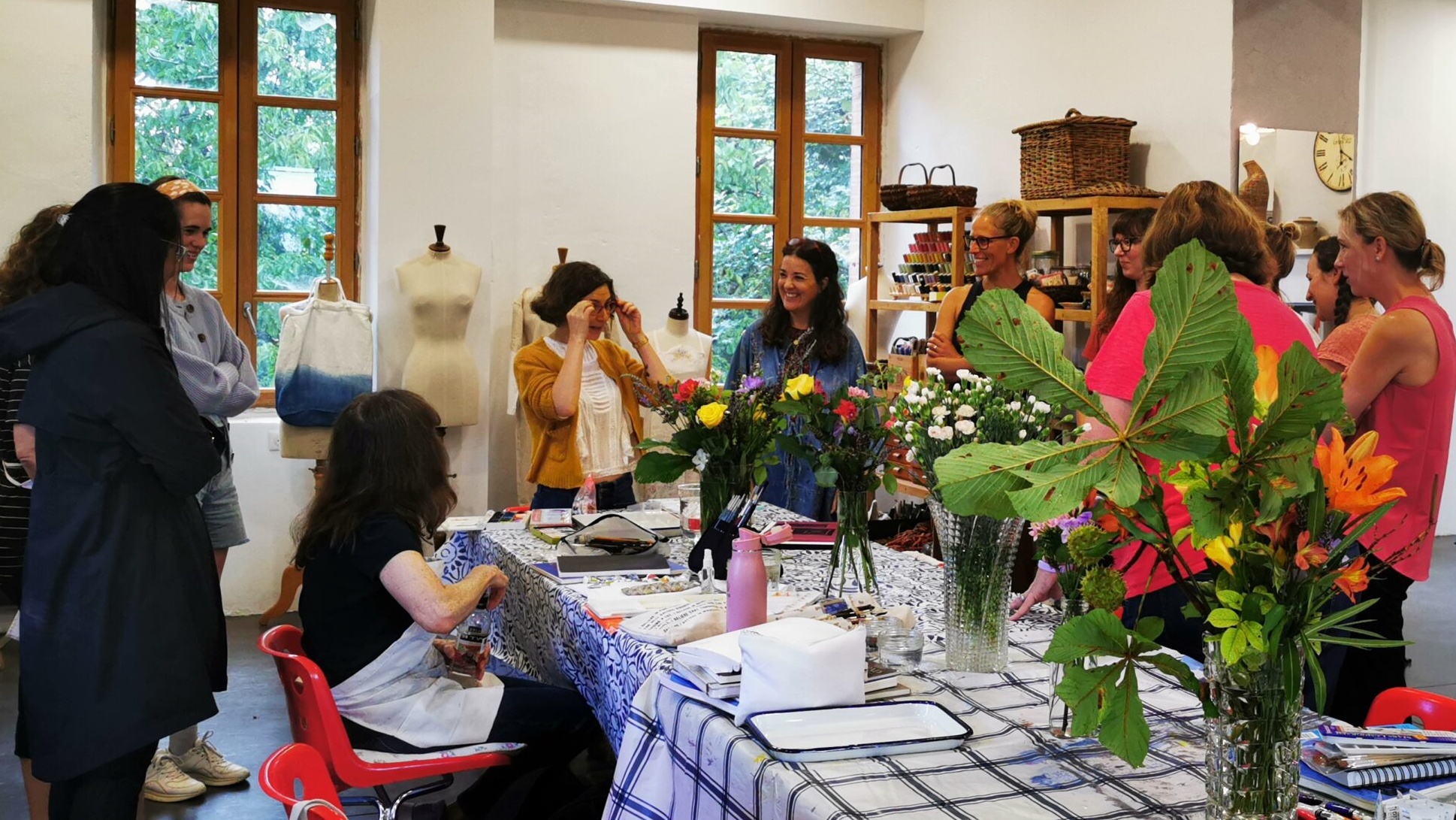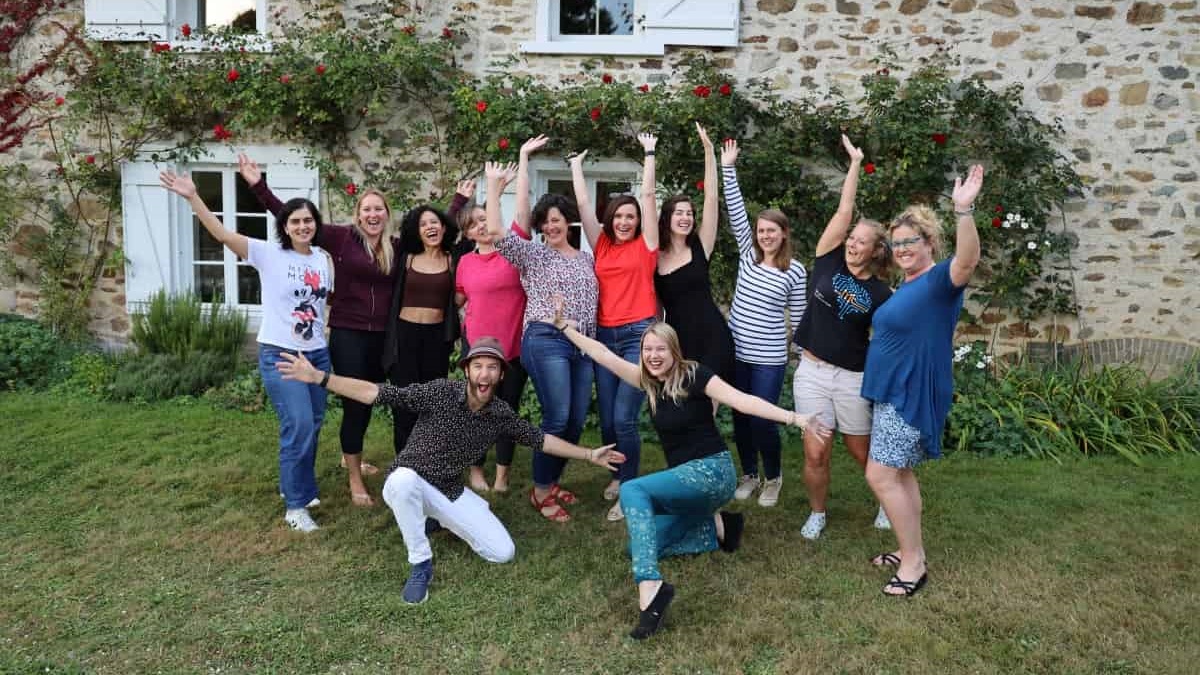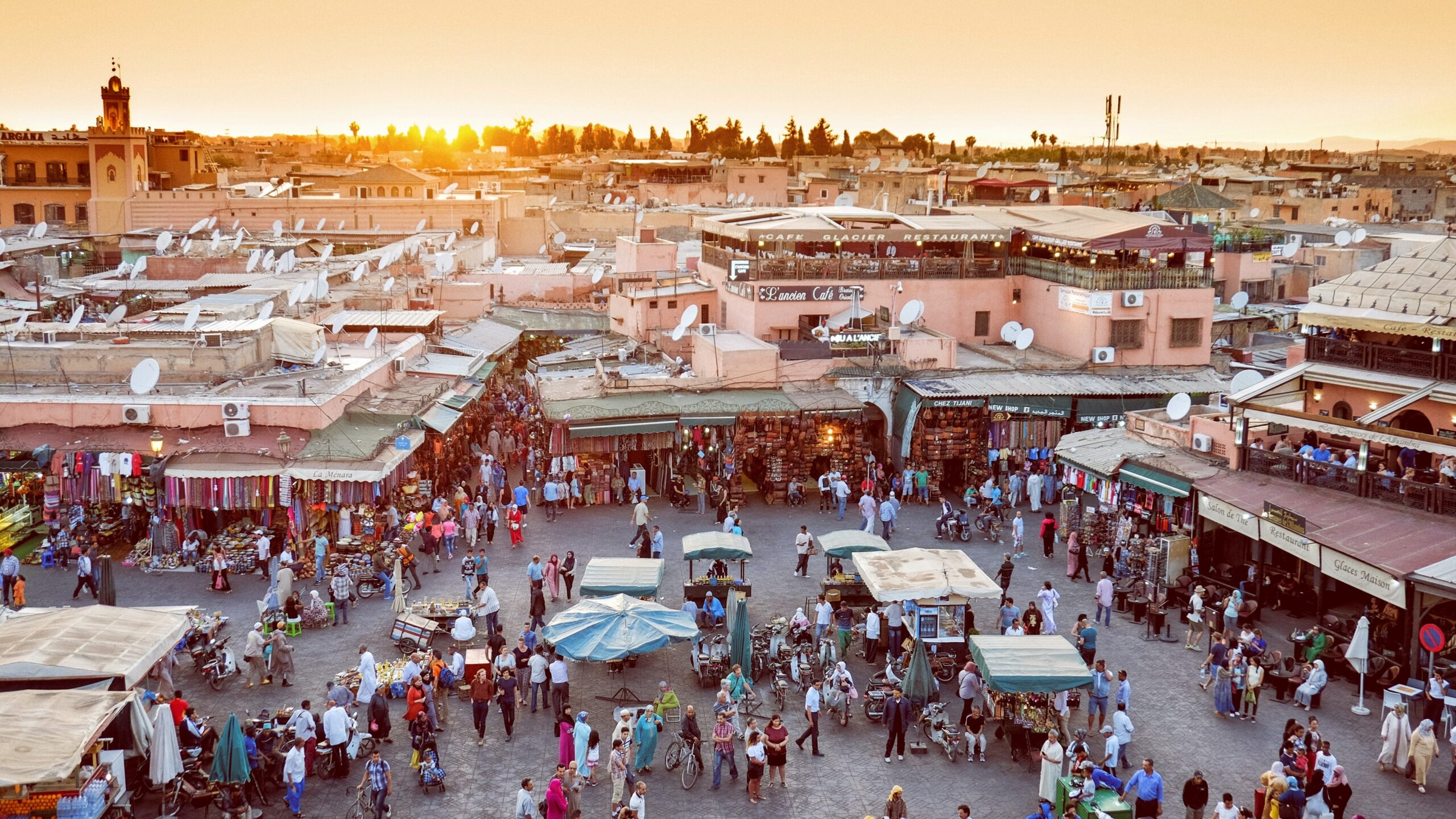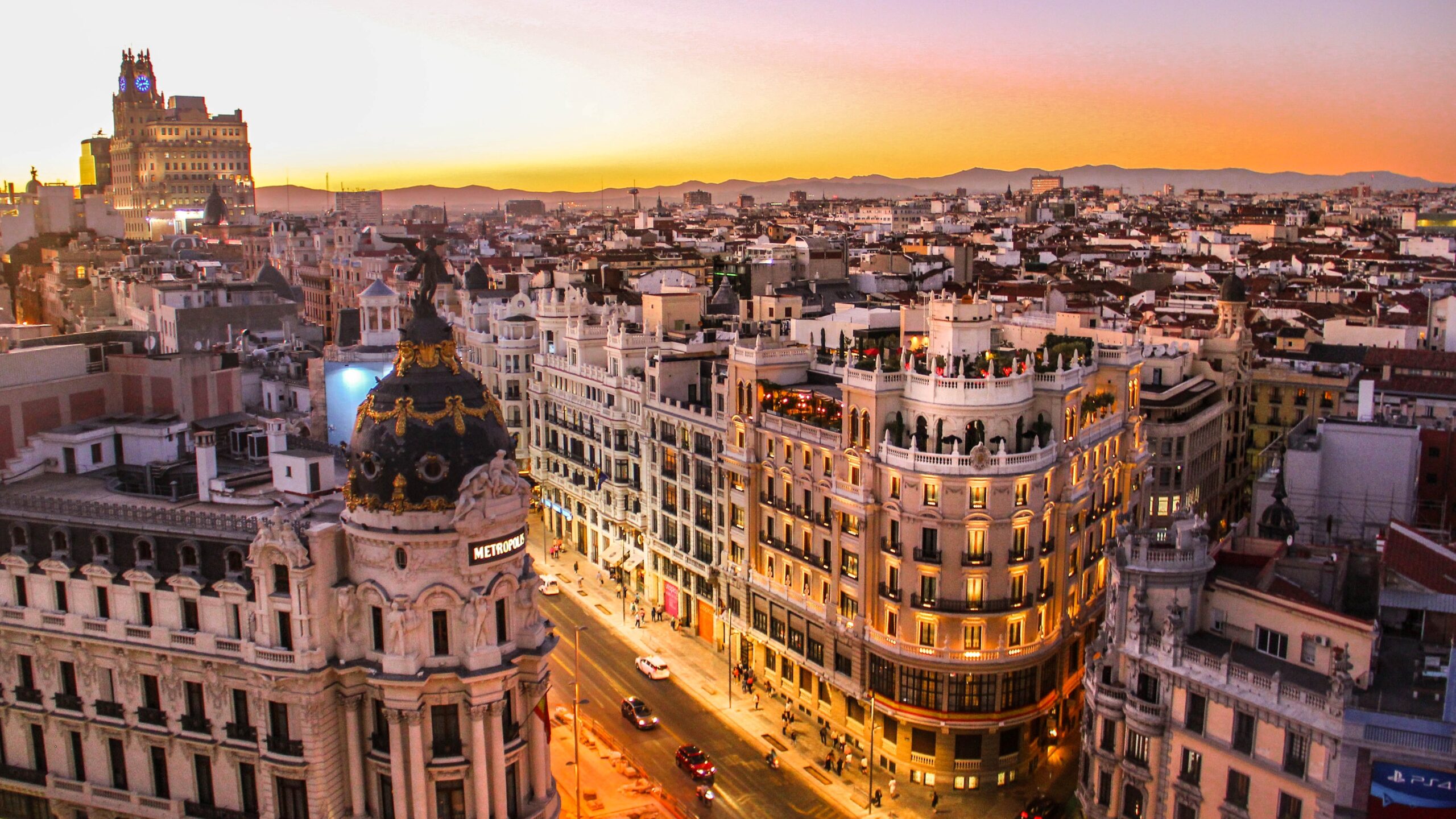
Five Things to See and Do in Madrid, Spain
Madrid is Spain’s capital and an important European hub of culture and art. Madrid is Barcelona’s less touristy, more affordable, and way more distinguished cousin, with fantastic weather all year round. The city is rich in sumptuous royal palaces, art exhibitions, gorgeous parks, bustling squares, and delicious food. If you’re looking for an authentic Spanish experience, you’ve found the right place. So, if you’re transiting through Madrid on your way to an UpTrek art retreat and have some time to spend in this vibrant city, here’s a list of five things to see and do in the Spanish capital.
1. The Prado Museum
Officially known as Museo Nacional del Prado, the Prado Museum is Spain’s main national art museum. If you’re in Madrid, this museum is not to be missed. It houses one of the world’s finest collections of European art. Based on the former Spanish Royal Collection, the exhibits take you on an epic art journey from the 12th century to the early 20th century of the European cultural landscape. One of the most visited sites in the world, the Prado Museum features works by art giants such as Francisco Goya, Hieronymus Bosch, Diego Velázquez, Titian, Peter Paul Rubens and El Greco. The museum hosts an impressive collection of 8,200 drawings, 7,600 paintings, 4,800 prints, and 1,000 sculptures, in addition to many other works of art and historic documents. After an enriching visit to the museum’s many fascinating galleries, head to the museum shop and cafeteria to buy unique souvenirs and enjoy a coffee and something sweet under the glass roof of the foyer.
2. The Buen Retiro Park
Spend a lazy afternoon in Madrid’s most beautiful park, ideal for enjoying a picnic or taking a romantic boat ride on the lake. Located at the edge of the city center, the park belonged to the Spanish Monarchy until the late 19th century when it opened its gates to the public. It is one of the largest parks in Madrid, very popular with locals who come to siesta in this green oasis in the middle of the city. Buen Retiro Park is part of a combined UNESCO World Heritage Site together with Paseo del Prado, the famous boulevard. It is filled with beautiful sculptures and monuments, galleries, a calm lake, and lush vegetation. Check out the Rosaleda, a lovely rose garden inspired by the famous Bagatelle rose garden in Bois de Boulogne, Paris. Visit the museum collections containing 19th- and 20th-century paintings at Casón del Buen Retiro and the Salon de Reinos, the few remaining buildings of the old Buen Retiro Palace. End your tranquil afternoon in the park with a soothing rowboat glide on the pond.
3. The Royal Palace of Madrid
Madrid is home to the official residence of Spain’s royal family — the Royal Palace of Madrid. These days, the palace is only used for state ceremonies, as King Felipe and Queen Letizia live in the more modest Zarzuela Palace, just outside Madrid. The palace was built in the mid-eighteenth century, on the grounds of an old Muslim-era fortress, the Alcázar de Los Austrias. The Royal Palace is open to the public, and visitors can get a glimpse of the opulent lifestyle of royals throughout the ages. It is the largest functioning royal palace in Europe, featuring 3,418 rooms filled with centuries’ worth of tapestries, paintings, furniture, and armor. Noteworthy paintings include works by Caravaggio, Velázquez, Goya, Rubens, and El Greco. Don’t miss some of the palace’s most beautiful rooms: the Columns Room, the Royal Guards’ Room, the Hall of Mirrors, and King Charles III’s room. After visiting the palace’s extensive collections, take a walk in the Campo del Moro Gardens surrounding the palace. Enjoy their romantic nature and clear English style under the gentle Spanish sun.
4. The Plaza Mayor
The Plaza Mayor is a symbol of Madrid and a must-see while visiting the city. This is Madrid’s main square, located in the heart of the Old City. This enormous rectangular esplanade is lined with impressive pillars and arches and features a huge bronze equestrian statue of King Philip III of Spain, who initiated the project of building this square in the 17th century. Plaza Mayor’s cobblestones have seen centuries of history — everything from bullfights, beheadings, and fires to coronations, fiestas, and processions. These days, the square is a peaceful pedestrian space, perfect for a light stroll and a nibble of one of Madrid’s acclaimed foods: bocadillo de calamares (a calamari sandwich) or some churros con chocolate bought from one of the many bars and restaurants lining the square. You can enjoy a visit at some of the most notable buildings found in Plaza Mayor: the Casa de la Carnicería and the frescoed Casa de la Panadería, or a delightful shopping spree at one of the many traditional shops found under the arcades.
5. The Reina Sofía National Art Centre
Pick up your European art exploration where you left it off after the Prado Museum. The Reina Sofía National Art Center houses some of the greatest Spanish contemporary works of art from the 20th century to today. The museum has one of the most valued modern art collections in the world. Its collections feature works by Dalí, Miró, Gris, and Picasso. The museum is housed in the 18th century San Carlos hospital, built by Francisco Sabatini, with a recent building added by the architect Jean Nouvel due to the museum’s ever-growing collection. The Reina Sofía museum opened its doors to the public in 1990 and today features 18.000 items arranged in three distinct sections: “Surrealism”, “the pavilion of the 1937 Republic”, and “Spanish Informalism of the 1950s in an international context”. The Reina Sofía National Art Center prides itself on displaying one of Picasso’s greatest works of art, the Guernica, within its walls. Your travels through Madrid will be richer for visiting this impressive contemporary art museum.

